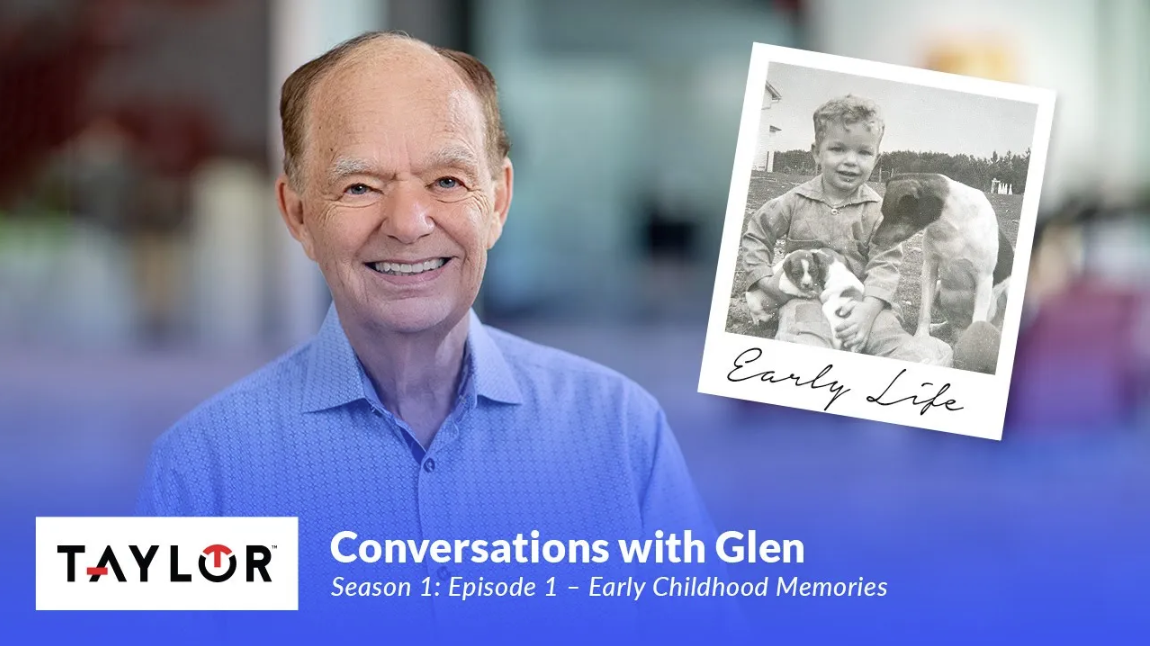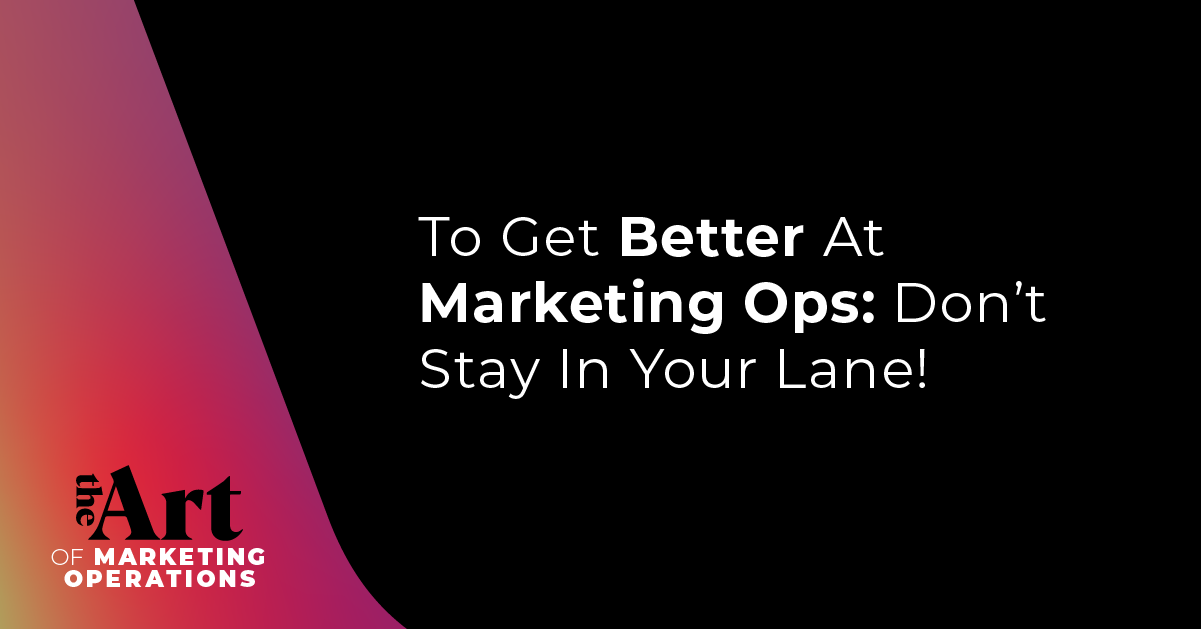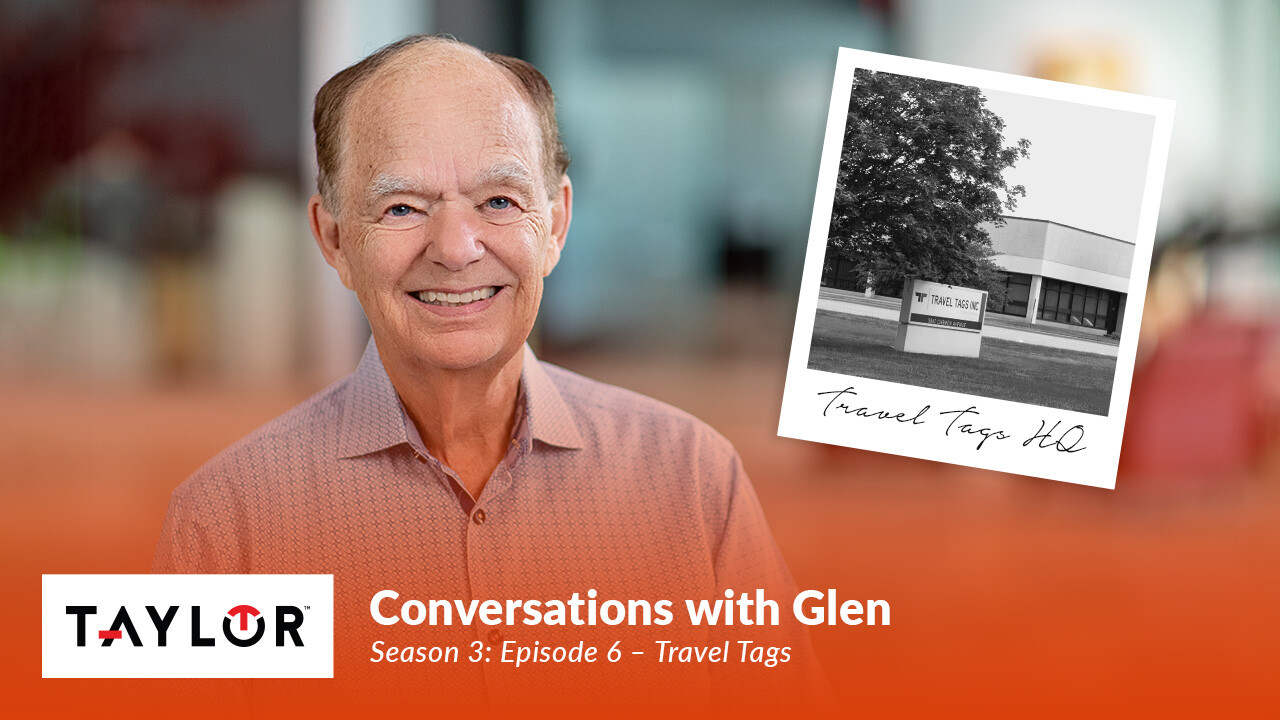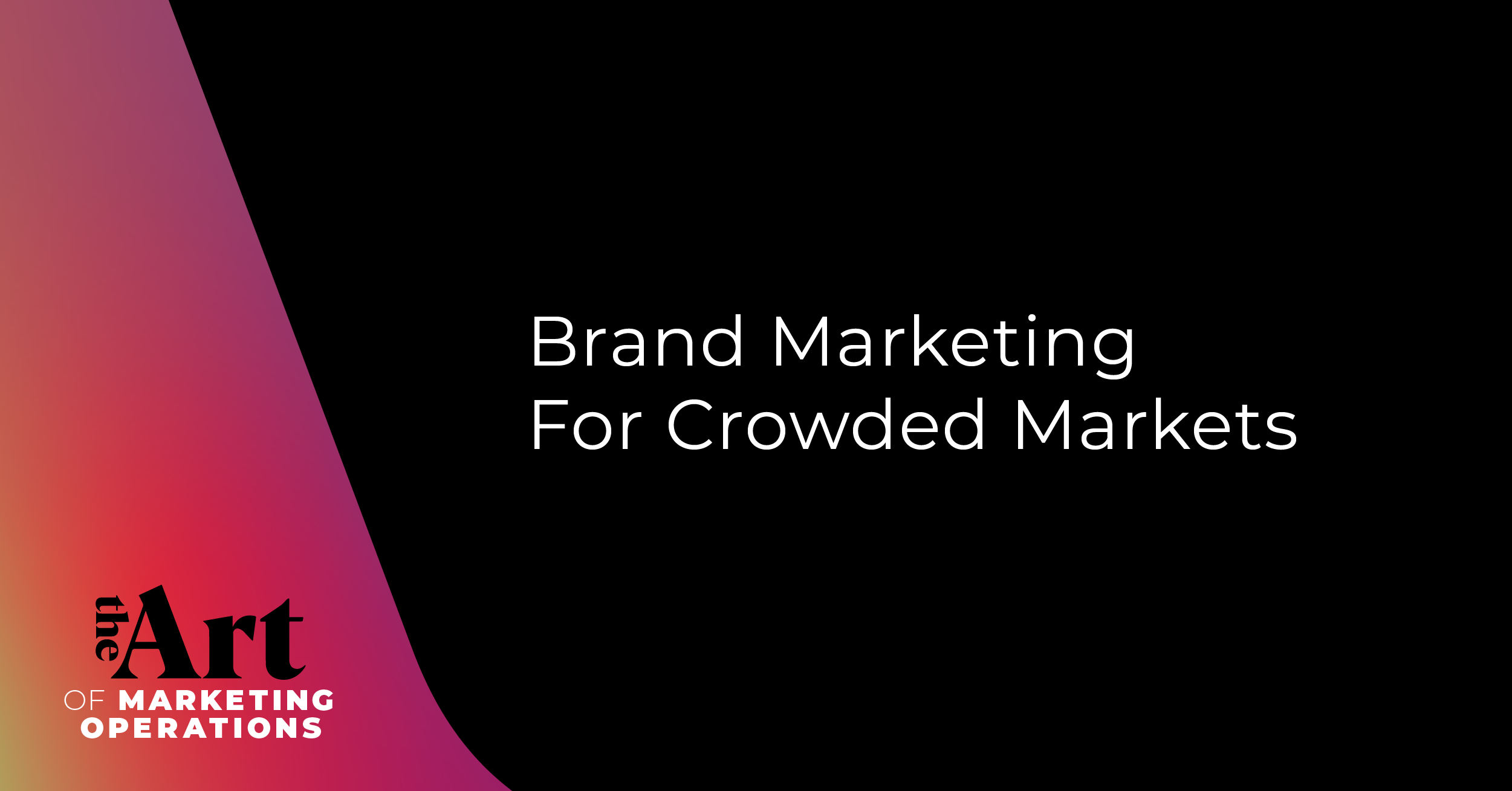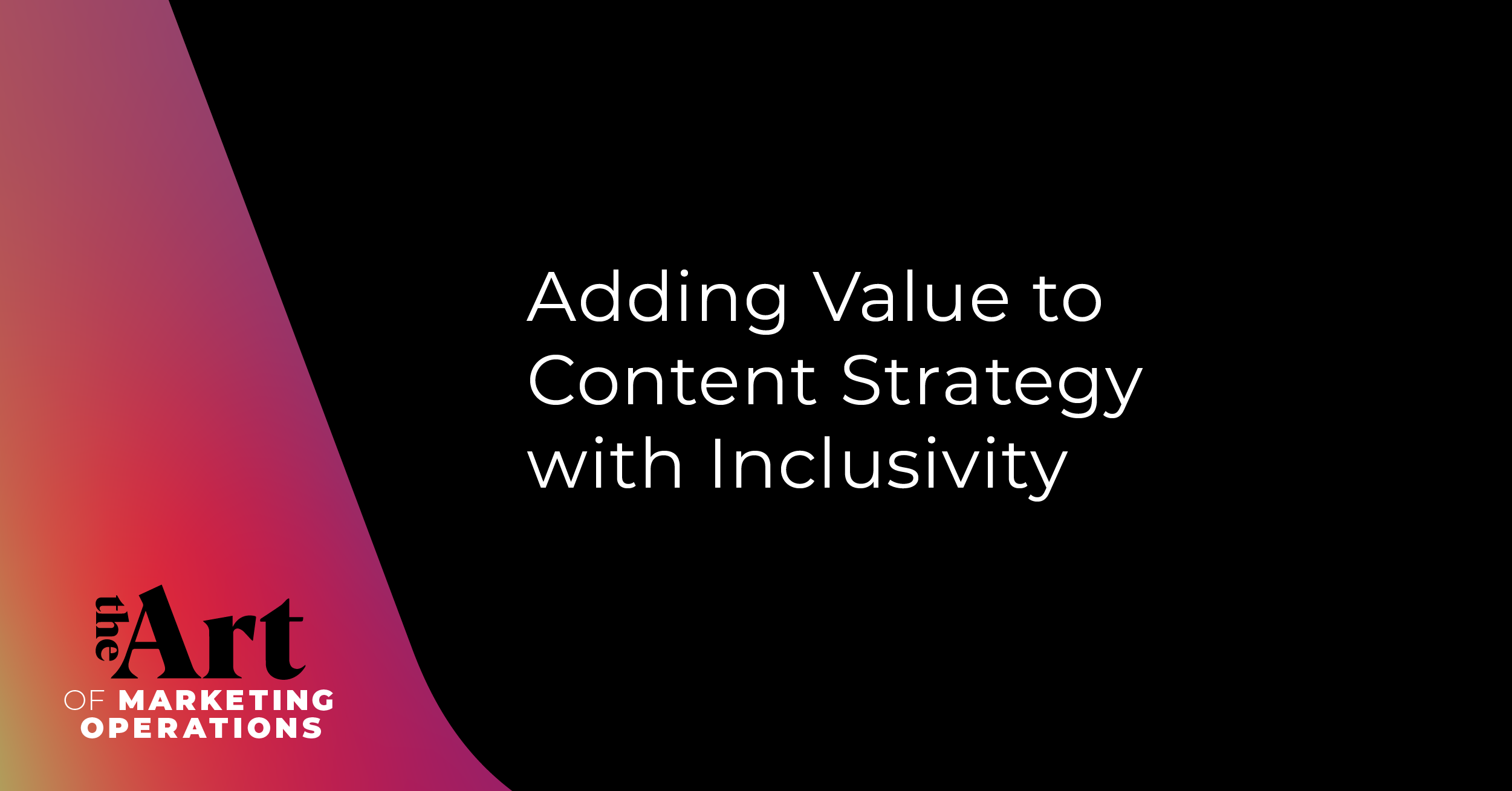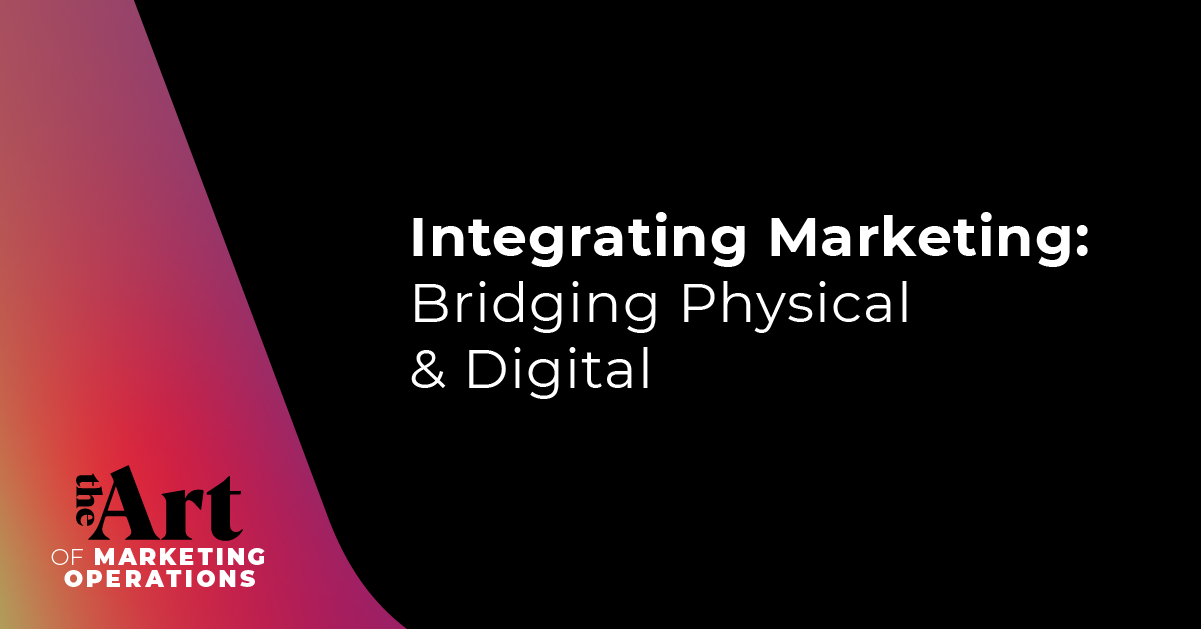What does it take to support and grow a worldwide brand trusted and loved by so many people like Ben and Jerry’s?
In a recent episode, we sat down with Rebecca Robinson, Head of Marketing Operations for North America at Ben and Jerry’s, to find out. She gave insights into the company’s unique journey and explained exactly what goes into growing and maintaining such a unique, equitable brand.
In this fun and delightful conversation with Rebecca, we got to hear about the culture at Ben and Jerry’s and discussed:
- Nurturing relationships with a broad variety of customers
- Knowing not only how to reach your customer, but also understanding where your brand stands in it’s own lifecycle
- Why authenticity and honesty are critical to brand equity
Building Great Relationships
Ben and Jerry’s was founded by two people (you guessed it — Ben and Jerry) on a mission to offer the tastiest ice cream via a sustainable model they call “linked prosperity.”
The model is broken down into 3 parts:
- The product mission
Their product mission couldn’t be simpler: create the best ice cream money can buy, using only all-natural ingredients and minimizing harm to the planet. - The economic mission
Their economic mission is to increase value for their stakeholders, growing the company in a sustainable way. - The social mission
Their social mission is to use the company in innovative ways to make the world a better place, respecting the crucial role business plays in society — which the company seeks to transform into one that is more equitable for all.
Marketing Ops’ Role
For Rebecca, the commitment to changing the world through delicious ice cream is a large part of what drew her to the company in the first place. And heading up Marketing Ops, she’s helping the company achieve its goals in myriad ways.
One aspect she points to as vital in her role is the cross-functional nature of the position: Marketing Ops gets to work with every other team to ensure everybody is aligned in serving the core values of the company — and constantly reevaluating the current systems to find areas that can be fine-tuned to promote sustainability, equity and profitable growth.
“In marketing operations, you're an enabler, helping all of these other teams do what they're doing by providing profitable growth and driving that economic mission.” — Rebecca Robinson
Of course, to achieve such ambitious goals, it’s equally important that she reaches and engages those in the community who support them with their loyalty — and their dollars.
But that’s not always as easy as it might seem.
Reaching Your Customer
When it comes to engaging customers. Rebecca points out that, in some companies, the metrics aren’t as well tuned as one would hope.
The problem is basically this: Often, Marketing Ops doesn’t really know who their customers really are.
That’s because they don’t look at the whole picture, prioritizing engagement, for instance, over actual purchases. While the two are often pretty correlated, failing to see the whole picture can lead you to make false assumptions about your customers — which, ultimately, can be a distraction from fulfilling a social mission as ambitious as Ben and Jerry’s.
“Understand who you’re trying to reach. It’s important for brands to truly know who their consumer is: Who’s buying you and who's engaging with you might be different.” — Rebecca Robinson
Her advice for anyone looking to avoid the pitfalls of such distractions?
Always be aware of not just who you are trying to reach, but also the place you're reaching them from — i.e. understand exactly where you are at in your business lifecycle. This is how you can always be certain about what you are trying to achieve, such as whether you should be trying to drive engagement or conversions — or whatever other goal your brand needs to achieve at its current stage.
You can’t fully get to know your customer when you don’t know yourself.
Growing & Maintaining Brand Equity
When it comes to the secret to growing and maintaining brand equity, Rebecca doesn’t mince words…
Growing and maintaining brand equity = honesty and authenticity.
“Growing brand equity is about people getting what they expect and trusting that you're going to be providing exactly what you're talking to them about.” — Rebecca Robinson
It’s a formula that she acknowledges can be difficult for some because it involves really engaging the community to learn what they really think about your brand and in order to be receptive to their honesty, you need to be honest with yourself — even if they say things you don’t want to hear.
Likewise, you need to always ensure that you follow through with what you say you will do, which means never overpromising and establishing guardrails to make sure you stay transparent and consistent.
That way, your brand’s authentic self will be represented well across all of your marketing, your teams and how you show up in the community.
And while, sure, not every brand is Ben and Jerry’s — a company that practically screams “authenticity” in all it does — it doesn’t make authenticity any less important for your brand.
Your job is to tap into your brand’s own unique identity, honestly and transparently, to channel its unique voice.



